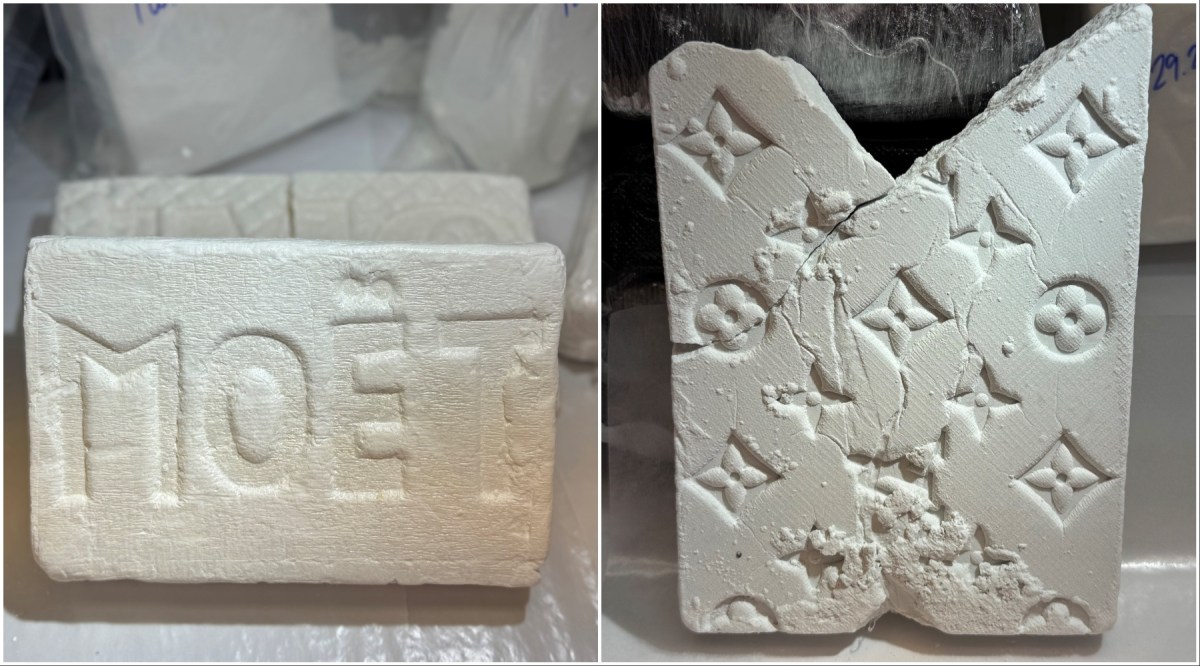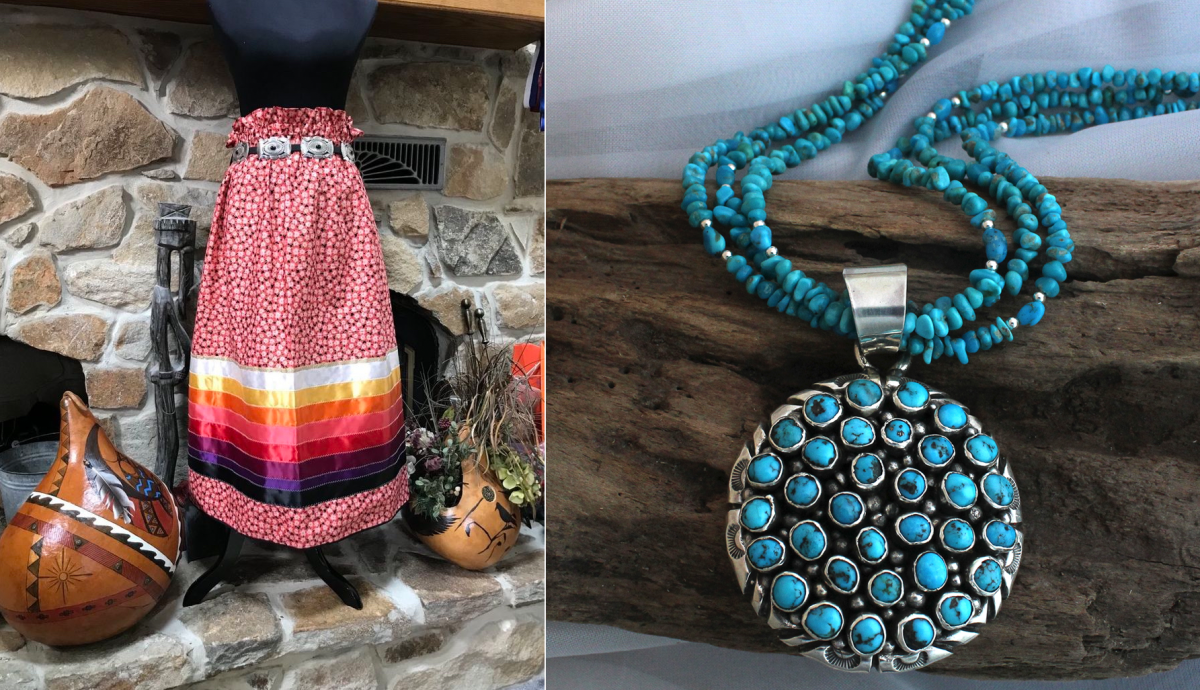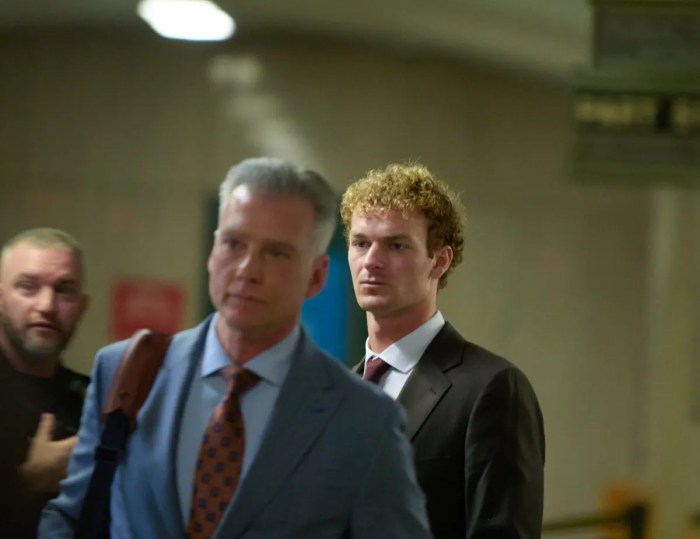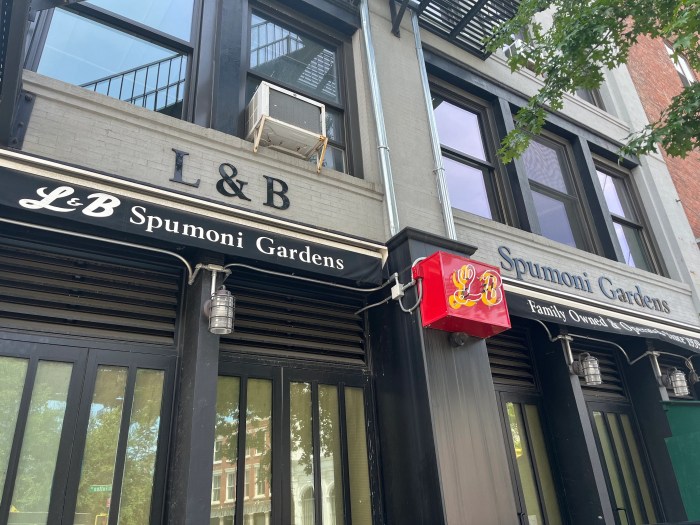By Jerry Tallmer
It was when Dan Cameron, not long ago, was conducting a slide lecture in the M.F.A. program at Columbia University — a lecture on the East Village artists of the 1980s — that he found he seemed to be talking about another country, “some generic Elsewhere, where the names Haring and Scharf and Basquiat were complete mysteries to these students.”
He had already curated shows at Downtown’s New Museum on artists Martin Wong (1999) and David Wojnarowicz. “And now I realized that the East Village 1980s was a period that seemed to be vanishing. It was so visible when it was happening, and so quickly forgotten about and shoved aside.”
As senior curator at the New Museum that was then on lower Broadway and is now in temporary quarters in Chelsea, he went to its director Lisa Phillips and suggested the show that opened Dec. 9, under the title “East Village USA.” It assembles 180 works by 75 artists, most if not all of whom began as graffitists on the streets and sidewalks and in the subways of this metropolis.
“The New Museum tackles what other museums don’t,” Dan Cameron said in an interview before the exhibition opened. “It makes decisions because no one else will do it. Lisa Phillips and I asked ourselves: Is anyone doing this? The answer was no.”
“I was actually more excited. The art appeared then as very assertive, very aggressive. Now artists sort of hold back their art in quotation marks. Then, people didn’t need quotation marks.
“In those days I was definitely a fence-sitter when it came to graffiti — the stuff these kids from the Bronx and Queens and Brooklyn had been doing in the trains as they rode in to Manhattan. Now I’m not.”
The ethnic mix included names, i.e., living people, like Zephyr, Crash, Daze, Lady Pink, Lee Quinones, Futura Black.
“Now their work makes more sense. My eyes became open to this stuff. It took me 20 years to see it.”
Actually it had been sprouting all around him when, in 1979, then 22-year-old Dan Cameron of Utica, New York, came down from Bennington College (BA, philosophy) by Greyhound bus to this city, and to the apartment in the 1933 building on Clinton St. between Houston and Stanton where he lives to this day.
“At that time it was scary because of the sheer density of heroin. I watched people blown away on the street. Bodies were being found in trunks, or on my roof. The early ’80s were unreal. Meanwhile I wanted to do exactly what I’m doing now, before they even had something called Curatorial Studies.”
Cameron’s first curated exhibition was of the work of Jennie Holzer, in 1979 or ’80.
“I saw her plastering her handbills of truisms on walls and lampposts. Typical guerrilla street art, but the writing would stop you in your tracks.” Jenny Holzer would go on to putting those truisms onto the marquees of dying old theaters on 42nd St. before 42nd St. went brain-dead under Disney & Co., then putting them onto stone benches under the nose of General Sherman and his horse, then into a Guggenheim retrospective.
He saw Jean-Michel Basquiat spray-painting his stream-of-consciousness poetry, signed “Samo,” on Lower East Side walls — “Basquiat before he was Basquiat.”
Patty Astor, a Downtown reporter, went up to the Bronx to write about all these graffiti kids. Then she opened her Fun Gallery, Ninth St. and First Ave., starting with Basquiat, Keith Haring and Kenny Scharf.
Gracie Mansion, not a house but a person, started a gallery in her limousine, parked on W. Broadway, then moved it into her bathroom, then onto Avenue A.
Fashion Moda, a gallery, commissioned Daze to get 10 of his friends to do works on 4-foot-x-8-foot hunks of plywood instead of on subway trains.
“Some of those pieces are in our show now. When all this started, the [Uptown] art world quickly grabbed a few stars and dropped everyone else. A lot of them got lost in the shuffle, dropped down that rabbit hole.”
Down the rabbit hole no longer. Seventy-five of them are back in the sunlight at “East Village USA,” living in sin in Chelsea.
WWW Downtown Express


































